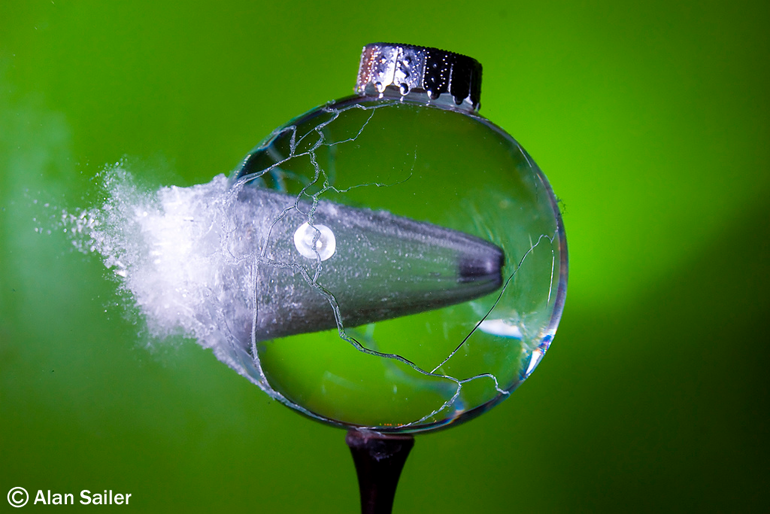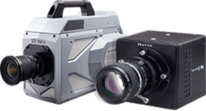“What is a high speed video camera?”
We have been getting this question nearly every week for over 25 years. And it’s understandable why.
The video market is flooded with terms like it from big name companies that manufacture mobile phones to old school film guys who started it all. With the new influx of manufacturers and models, the lines have been blurred between high frame rate, fast shutter/ exposure, and slow motion cameras in general.
So, what is a high speed slow motion camera, and furthermore, how do you differentiate it from “others?”
High Speed Camera vs Slow Motion Camera
The first thing we should discuss is terminology. Are we talking about a “high speed camera” or a “slow motion camera?” In reality, there is no difference and we will use the term interchangeably. Those who have been in the industry for a long time, refer to it as “high speed,” but many (including myself) think a clearer and more descriptive term might be “slow motion.”
A Very Brief History on the Terms

The late great Harold Edgerton is often referred to as the father of this technology. In the early to mid-20th century while at MIT, he developed the electronic flash that allowed a single frame of film to freeze moving objects with 10 microseconds of light exposure. This method was termed “high speed photography” which probably referred to the short duration of the film’s exposure but also the fast speeds of the subjects he captured. Similar methods were already in place that used mechanical shutters or incandescent “flash powder” bulbs, but their flash was a longer duration causing motion blur with fast moving objects.
Old vs New
As film cameras (and their mechanical shutters) got faster, they were referred to as “high speed film cameras” partly for the same reasons (as HS photography), but also for the fast spinning reel of the film. Then digital video replaced film and “high speed video camera” became the natural progression.
Today, most mobile phones offer a “Slow Motion” mode and we all understand what that is. It allows the user to capture an event and play it back in a slow motion rate so that we can study (or laugh) at the subject. It does this by recording at a rate faster than a 30 frame per second standard video camera, then playing back at a fraction of that speed.
Major Differences Compared to Standard Video Cameras
A standard video camera captures images at 30 (sometime 24) pictures per second (pps) or frames per second (fps). Anything faster than this could technically be called a high speed slow motion camera, but most would probably set the mark of delineation at 250 fps and higher (source: Wikipedia). But even that description can be misleading since many cameras can record at these fast frame rates by reducing pixel resolution, often to the point where image quality is unusable. For this discussion, we will talk about “Business Grade” cameras that offer usable resolutions at 500 fps or 1000 fps and above and leave the others for future articles.
At a Glance
Since their inception, the traditional differences between business grade slow motion cameras and “others” have been:
- Captures at least 250-1,000 frames per second (fps) at a usable resolution.
- Onboard “Circular buffer” (see below) offers only short record duration (seconds). Some newer cameras offer streaming to a PC or SSD (for longer).
- Used as a tool to gather facts and analyze dynamic events (not just for “pretty pictures”)
A circular buffer means that the user can place the camera in a loop record mode. This means that the camera will continue to record over itself until it eventually receives a trigger (manually from operator or automatically from another machine). Based on user preference, the images are recorded pre or post trigger. The circular buffer is important to have for those events that happen randomly and unexpected.

Do You Need a High Speed/ Slow Motion Camera?
If you have tried to slow down the motion in an event using a standard video camera and important data/ pictures are missed in between frames, then the answer is probably a yes. If you are getting enough data points in your video, but each frame has motion blur, then you may just need a standard camera with a faster exposure/ shutter. You will not NEED a business grade slow motion camera for anything “artsy” as Edgerton once pointed out:
“Don’t make me out to be an artist. I am an engineer. I am after the facts, only the facts.”
– Harold Edgerton
High speed slow motion cameras are a sizeable investment (See our Camera Guideline), so deciding is a big step. You may want to rent a high speed camera first to make sure it is the right fit for your application. At MCT, you can often use that entire rental money toward the purchase of a camera, so renting becomes a “no brainer.”
Watch for our upcoming video comparing various business grade high speed cameras with standard video cameras. Sometimes a picture (or video) really is worth a thousand words.
Additional Resources
- High Speed FAQ – from Motion Engineering Company



